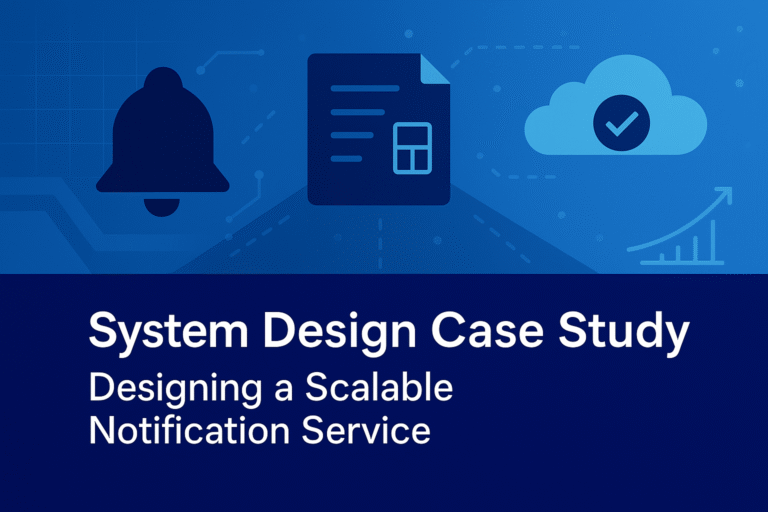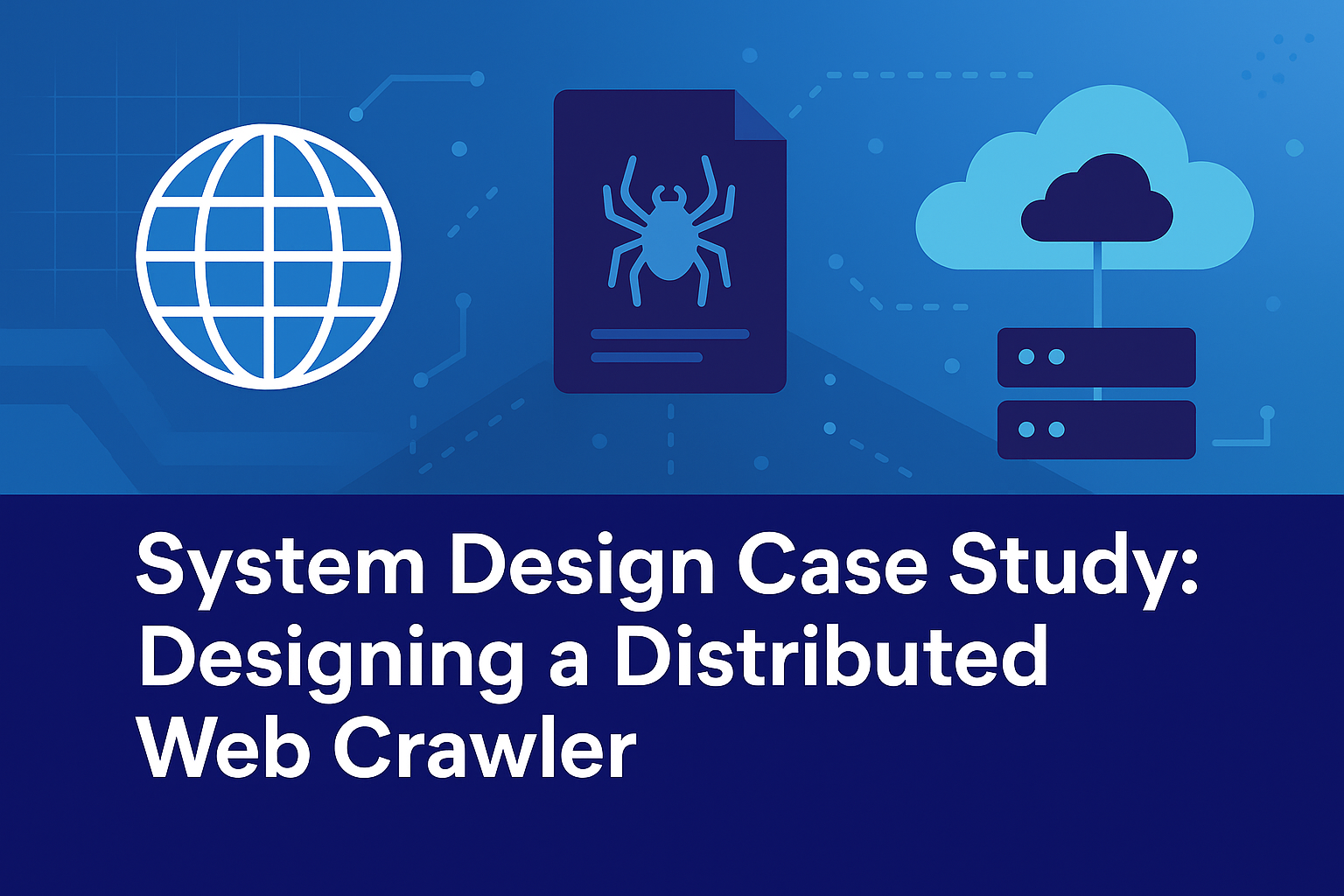Design a “Likes” Counter for Social Media: Discusses designing a scalable likes counting system

In this case study, we examine the design of a scalable system for managing and counting “likes” on a social media platform. Such a system must handle high volumes of user interactions efficiently, ensuring reliability, low latency, and scalability to…








